Bertrand Cambou, a professor of nanotechnology and cybersecurity at Northern Arizona University, is available to discuss what went wrong in the Russian hack attack revealed this week and what organizations, including the U.S. government, can learn from the attack. Cambou…
Tag: nanotechnology

This Anti-COVID Mask Breaks the Mold
To address PPE shortages during the pandemic, scientists at Berkeley Lab and UC Berkeley are developing a rechargeable, reusable, anti-COVID N95 mask and a 3D-printable silicon-cast mask mold.
Decorating Semiconductors at the Atomic Scale
Combining two different semiconductors can create new properties. The way these combinations work depends on how the semiconductors are arranged and contact one another. Researchers have developed a new way to grow semiconductor crystals about 100,000 times smaller than the width of a human hair. This new synthesis method independently controls the arrangements and sizes of the crystals.
Virus-like probes could help make rapid COVID-19 testing more accurate, reliable
Nanoengineers at the University of California San Diego have developed new and improved probes, known as positive controls, that could make it easier to validate rapid, point-of-care diagnostic tests for COVID-19 across the globe. The advance could help expand testing to low-resource, underserved areas.
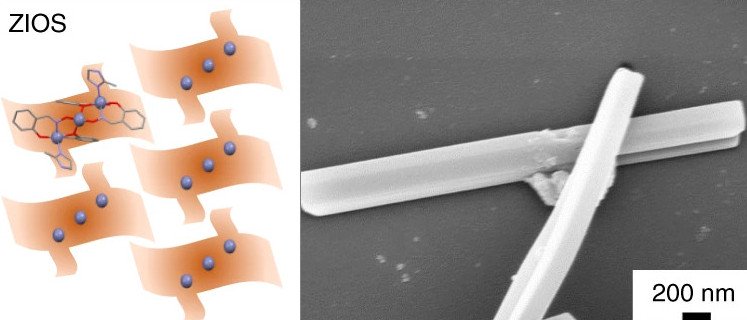
New Material Designed by Berkeley Lab ‘Mines’ Copper from Toxic Wastewater
A research team led by Berkeley Lab has designed a new material – called ZIOS (zinc imidazole salicylaldoxime) – that extracts copper ions from mine wastewater with unprecedented precision and speed.
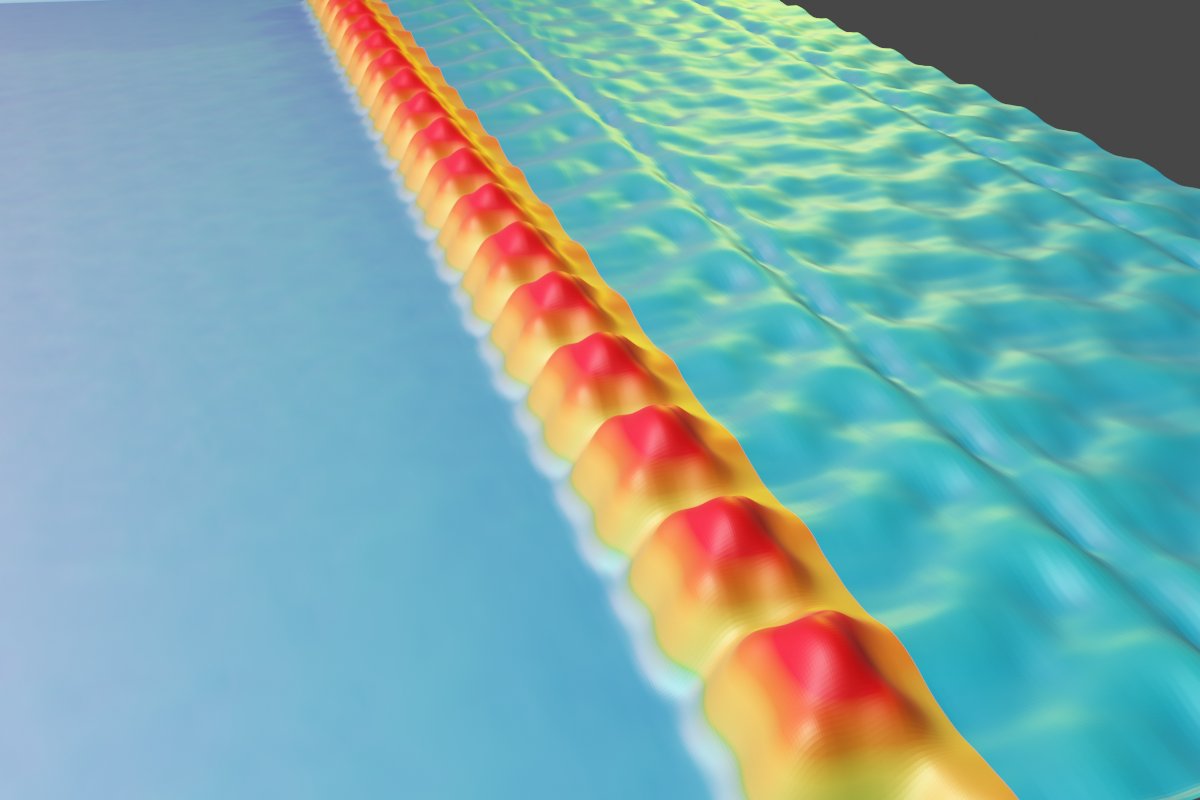
Charges Cascading Along a Molecular Chain
Removing one charged molecule from a one-dimensional array causes the others to alternately turn ‘on’ or ‘off,’ paving the way for information transfer in tiny circuits
Rutgers Expert Available to Discuss Risk Perception in COVID-19 Era
New Brunswick, N.J. (Oct. 26, 2020) – Rutgers University–New Brunswick Professor William Hallman is available for interviews on the science of risk perception and its practical implications in the COVID-19 era – a time of fear and anxiety among millions of…

Type 1 diabetes: Tannic acid encapsulation protects transplanted islets from rejection
Transplanting cadaver pancreatic islets is a promising therapy for Type 1 diabetes, but a reactivated autoimmunity means low graft viability after five years. Research now shows that a protective coating of two biopolymers can delay allograft and autoimmune-mediated rejection in mouse models of T1D.
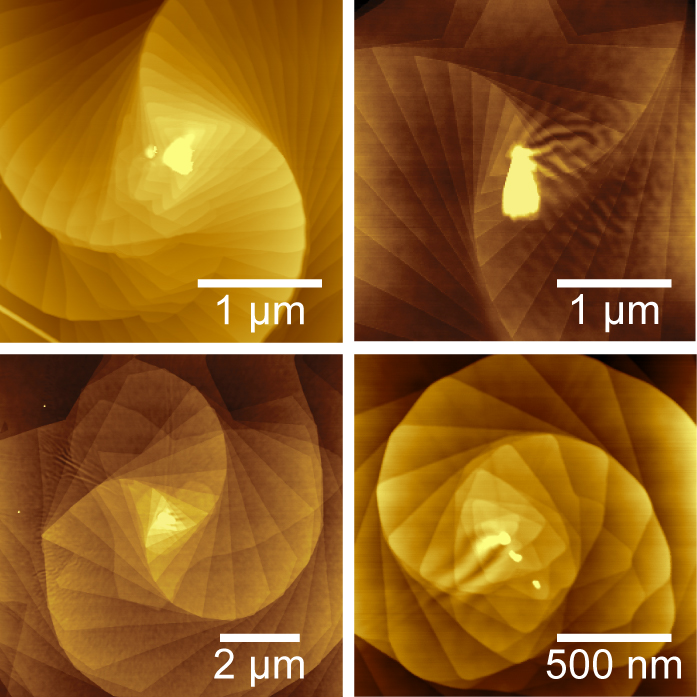
Do the twist: Making two-dimensional quantum materials using curved surfaces
Scientists at the University of Wisconsin–Madison have discovered a way to control the growth of twisting, microscopic spirals of materials just one atom thick. The continuously twisting stacks of two-dimensional materials built by a team led by UW–Madison chemistry Professor Song Jin create new properties that scientists can exploit to study quantum physics on the nanoscale.
Researchers create a tool that can pull an elusive COVID-19 marker from human blood
Researchers at Canada’s McMaster University and SQI Diagnostics have created a surface that repels every other element of human blood except a critical indicator of infection, opening a timely window for understanding the progress of COVID-19 in individual patients.

What’s Nanotechnology? Kristin Persson Explains at 4 Different Levels
In celebration of National Nanotechnology Day, Molecular Foundry Director Kristin Persson explains atomic-scale engineering at four different levels – for a kindergartner, a middle schooler, a high school senior, and a graduate student
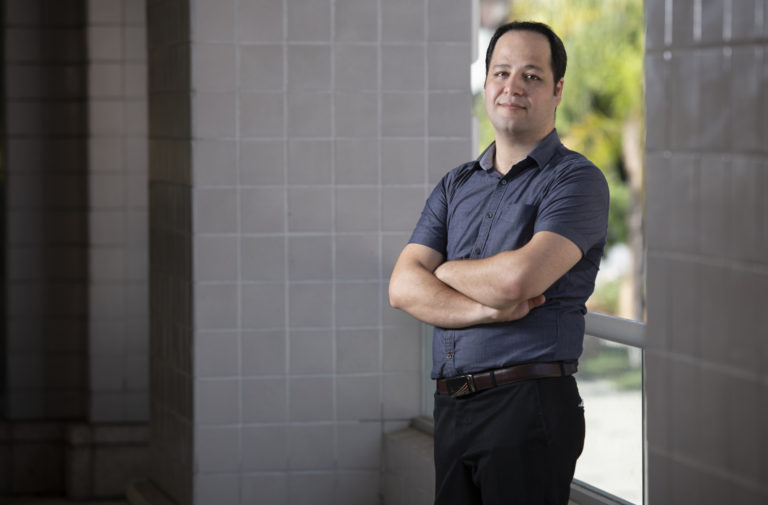
UCI biochip innovation combines AI and nanoparticle printing for cancer cell analysis
Irvine, Calif., Oct. 7, 2020 – Electrical engineers, computer scientists and biomedical engineers at the University of California, Irvine have created a new lab-on-a-chip that can help study tumor heterogeneity to reduce resistance to cancer therapies. In a paper published today in Advanced Biosystems, the researchers describe how they combined artificial intelligence, microfluidics and nanoparticle inkjet printing in a device that enables the examination and differentiation of cancers and healthy tissues at the single-cell level.
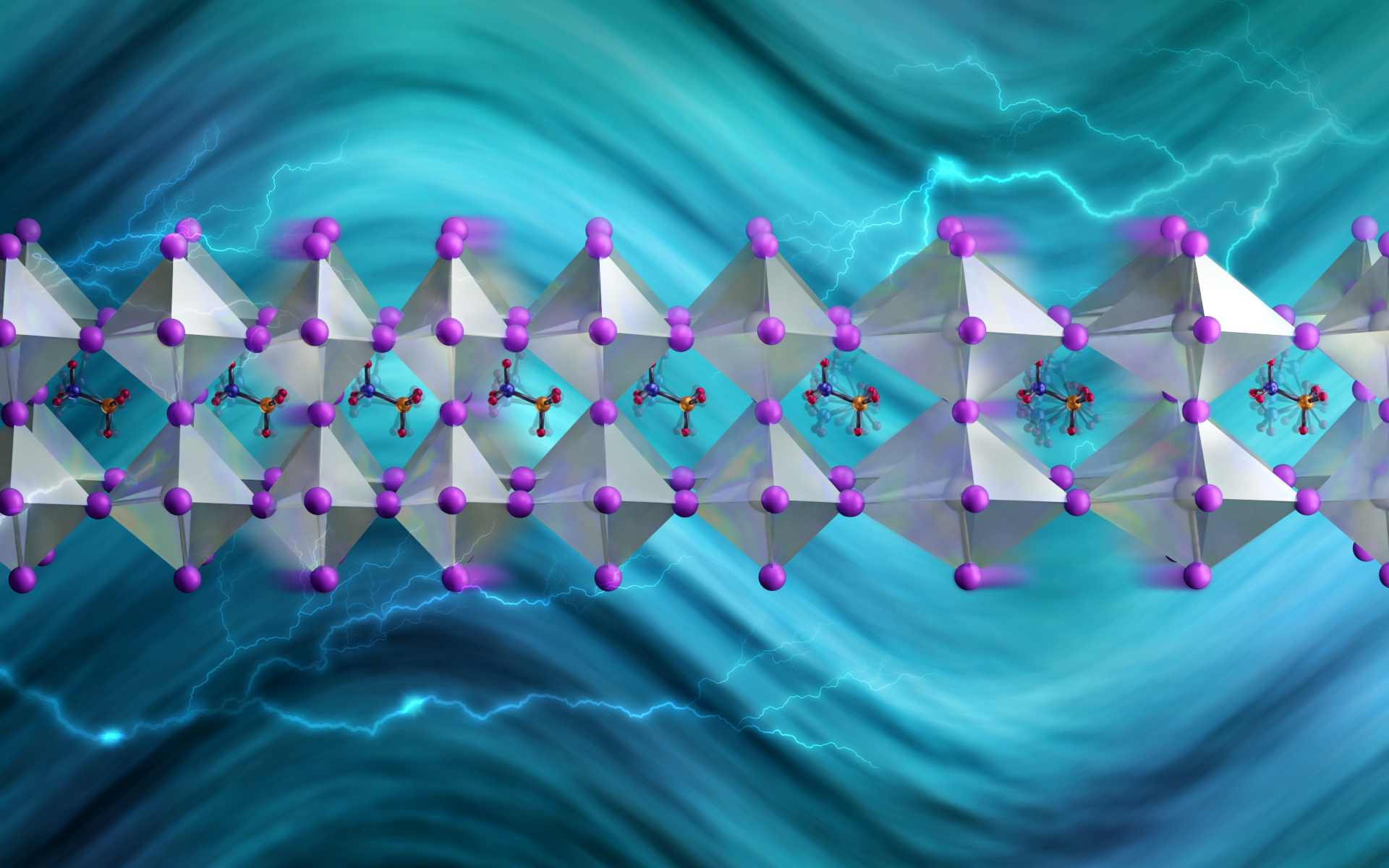
Blocking vibrations that remove heat could boost efficiency of next-gen solar cells
Led by the Department of Energy’s Oak Ridge National Laboratory and the University of Tennessee, Knoxville, a study of a solar-energy material with a bright future revealed a way to slow phonons, the waves that transport heat.
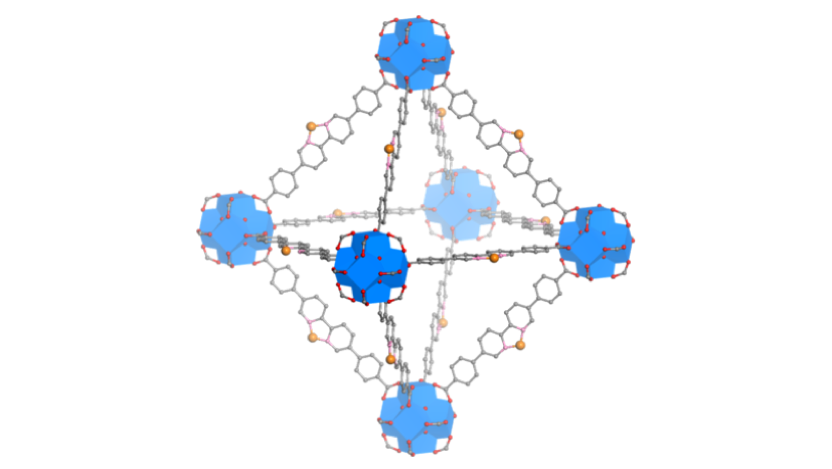
New nanotechology design provides hope for personalized vaccination for treating cancer
A new study demonstrates the use of charged nanoscale metal-organic frameworks for generating free radicals using X-rays within tumor tissue to kill cancer cells. The same frameworks can be used for delivering immune signaling molecules to activate the immune response against tumor cells.
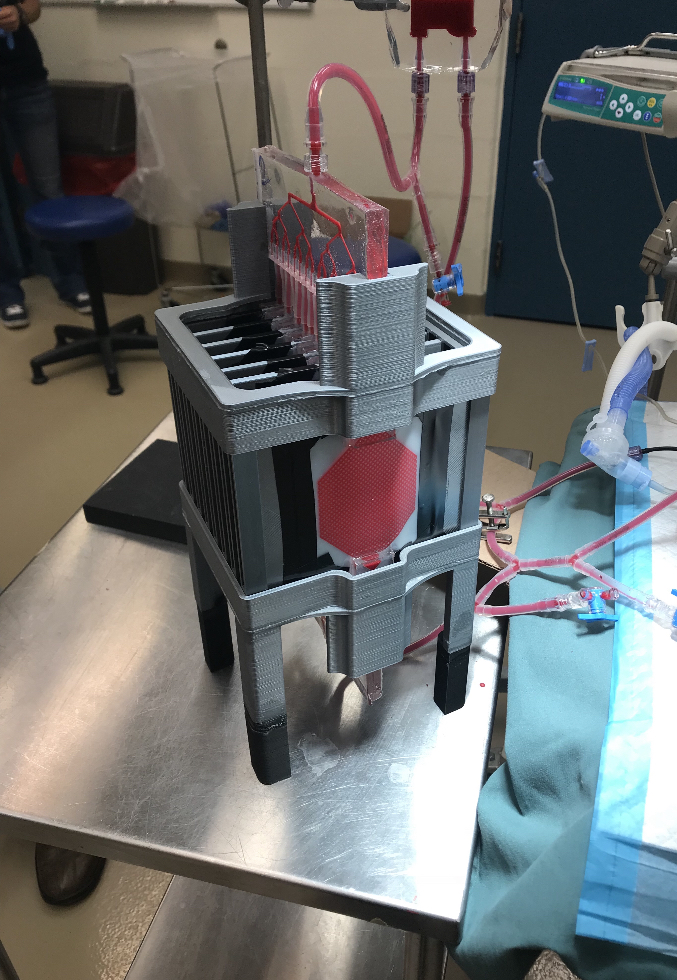
International research team develops articifial lung to support pre-term babies in distress
An international team led by current and former McMaster University researchers has developed an artificial lung to support pre-term and other newborn babies in respiratory distress.
Converting solar energy to hydrogen fuel, with help from photosynthesis
Recently, scientists have achieved record efficiency for solar-to-fuel conversion, and now they want to incorporate the machinery of photosynthesis to push it further. They present their results today at the American Chemical Society Fall 2020 Virtual Meeting & Expo.
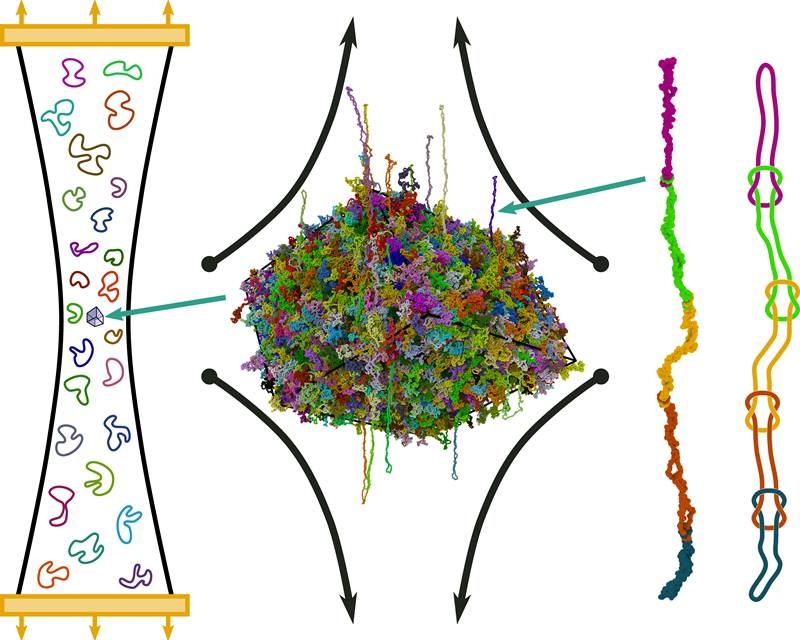
Elongated Ring Polymers Get Tied Up in Knots
Scientists have used simulations to discover a special polymer liquid that, when elongated don’t just stretch out; they also tie themselves into knots. This forms massive molecular chains that can increase the fluid’s viscosity, or resistance to flow, by a factor of 20.
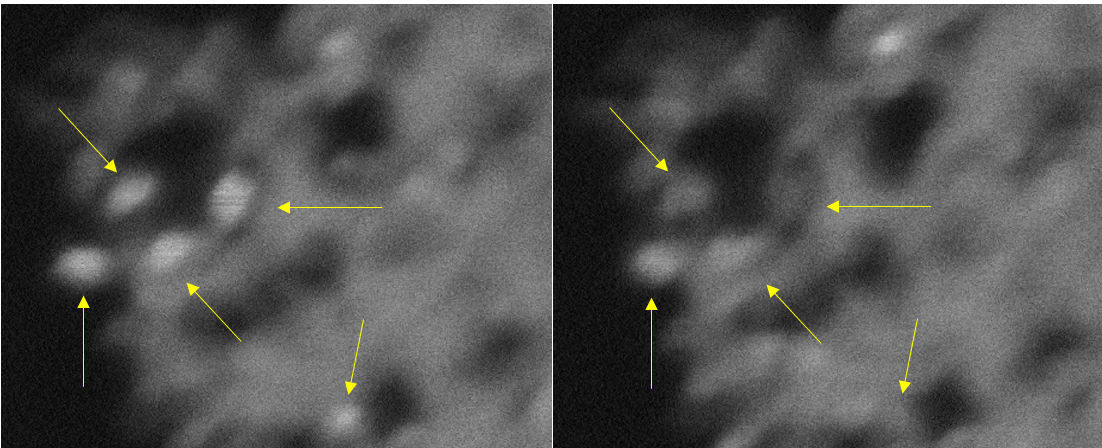
‘Blinking” Crystals May Convert CO2 into Fuels
Imagine tiny crystals that “blink” like fireflies and can convert carbon dioxide, a key cause of climate change, into fuels. A Rutgers-led team has created ultra-small titanium dioxide crystals that exhibit unusual “blinking” behavior and may help to produce methane and other fuels, according to a study in the journal Angewandte Chemie. The crystals, also known as nanoparticles, stay charged for a long time and could benefit efforts to develop quantum computers.
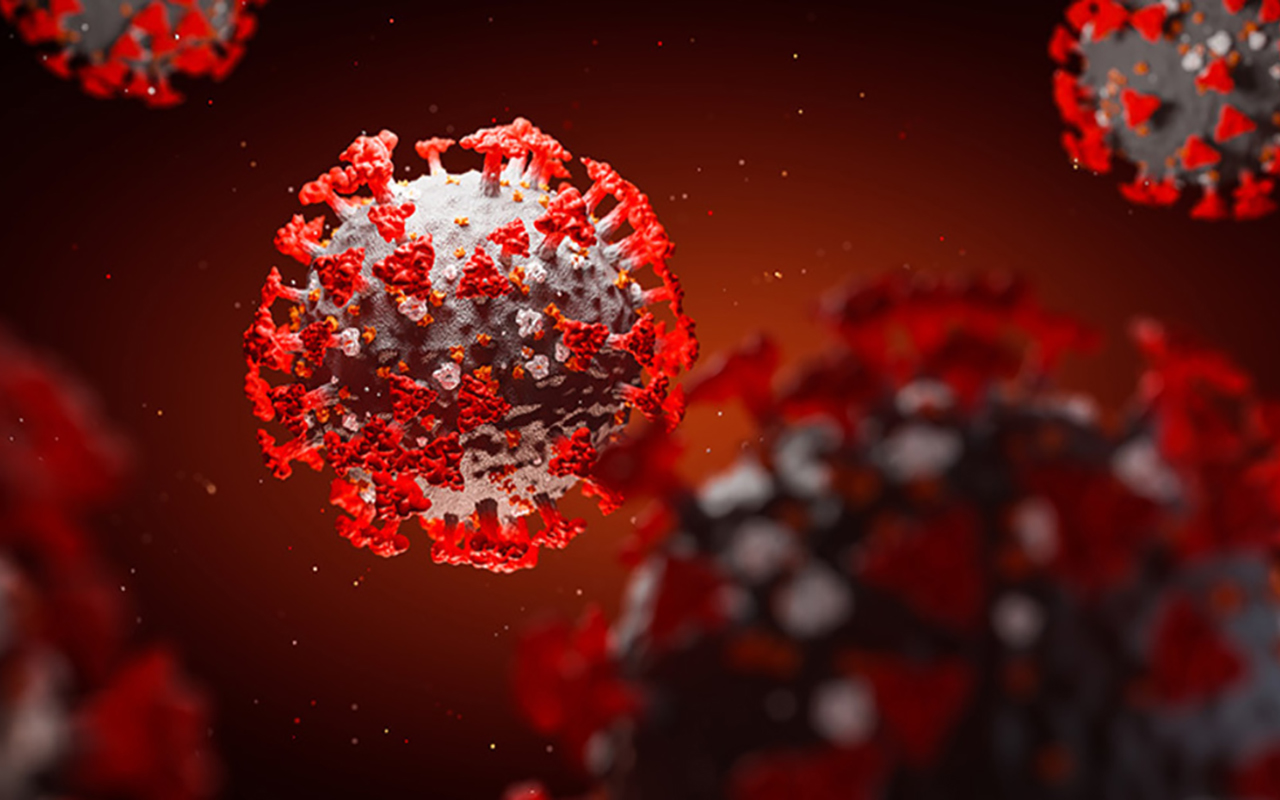
A Nanomaterial Path Forward for COVID-19 Vaccine Development
From mRNA vaccines entering clinical trials, to peptide-based vaccines and using molecular farming to scale vaccine production, the COVID-19 pandemic is pushing new and emerging nanotechnologies into the frontlines and the headlines.
Nanoengineers at UC San Diego detail the current approaches to COVID-19 vaccine development, and highlight how nanotechnology has enabled these advances, in a review article in Nature Nanotechnology published July 15.
Scientists Dive Deep Into Hidden World of Quantum States
A research team led by the Department of Energy’s Lawrence Berkeley National Laboratory (Berkeley Lab) has developed a technique that could lead to new electronic materials that surpass the limitations imposed by Moore’s Law.

Process for ‘two-faced’ nanomaterials may aid energy, information tech
A team led by Oak Ridge National Laboratory implanted atoms precisely into the top layers of ultra-thin crystals, yielding two-sided Janus structures that may prove useful in developing energy and information technologies.

At the Interface of Organic Chemistry and Nanotechnology with Adam Braunschweig
Adam Braunschweig—a CUNY ASRC associate professor—is a user at Brookhaven Lab’s Center for Functional Nanomaterials (CFN) studying how molecules in organic semiconductor thin films pack together.
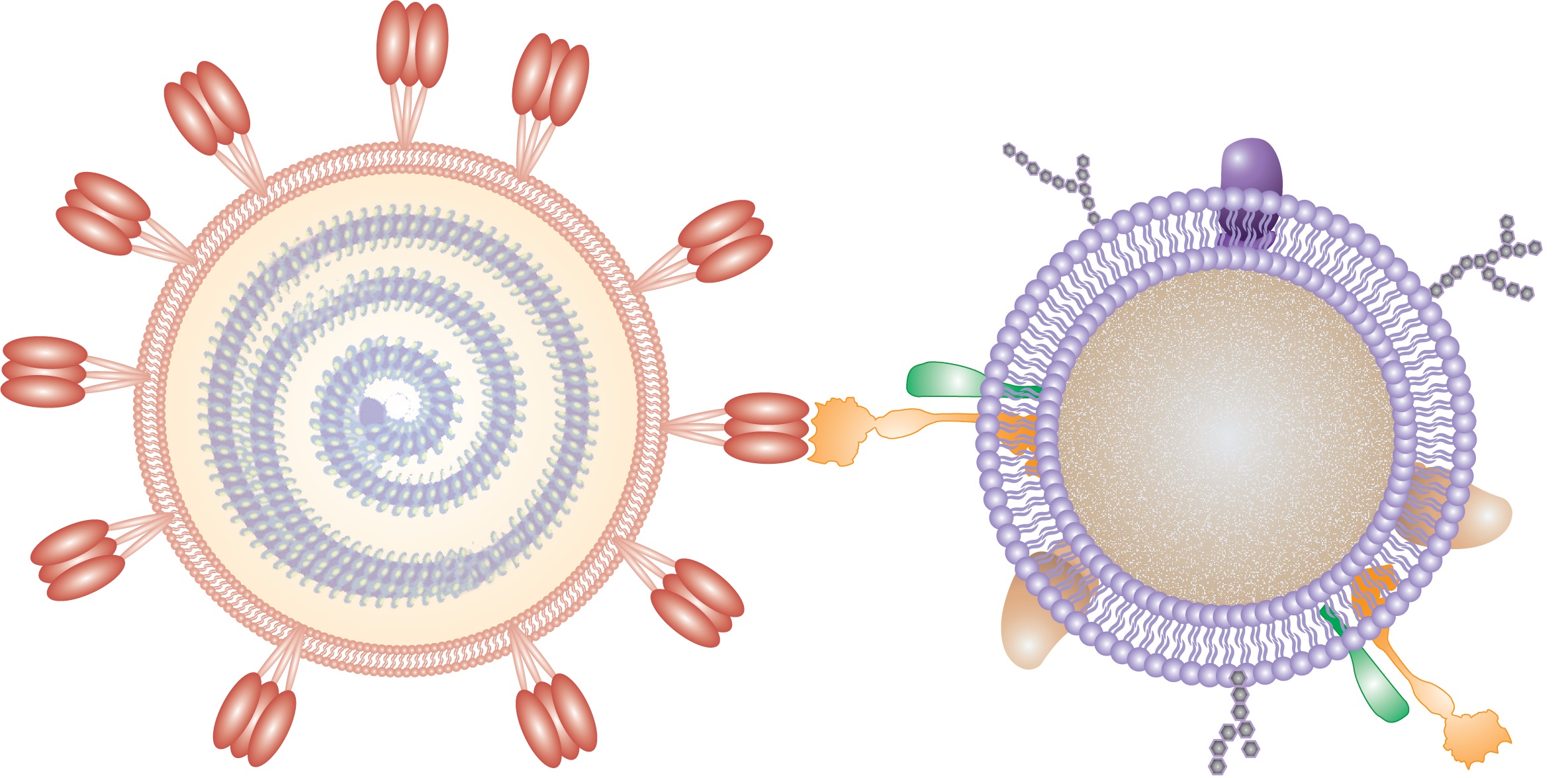
Cellular nanosponges could soak up SARS-CoV-2
Researchers reporting in Nano Letters have used nanosponges coated with human cell membranes –– the natural targets of the virus –– to soak up SARS-CoV-2 and keep it from infecting cells in a petri dish.
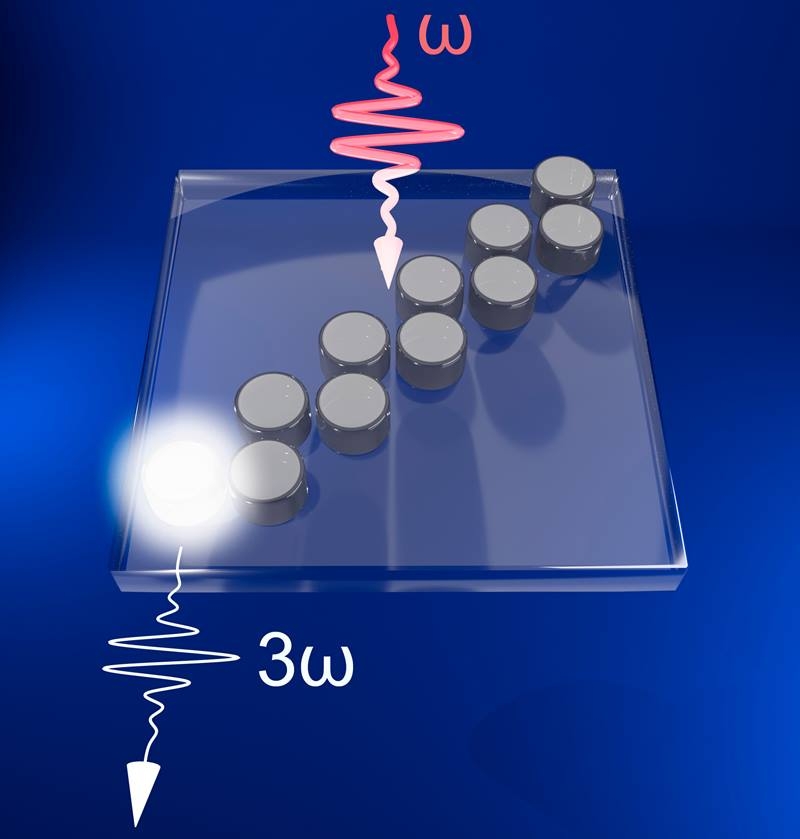
Harnessing Light for Nanotechnologies
Scientists found a new way to build silicon nanodisks that allow the scientists to guide light along the outside of these tiny structures in a way they have never been able to before. Unlike in previous structures, scientists were able to send light in a zig-zag pattern rather than a straight line. Improving the ability to move the light in multiple dimensions will make it easier to integrate these nanostructures into technologies in the future.
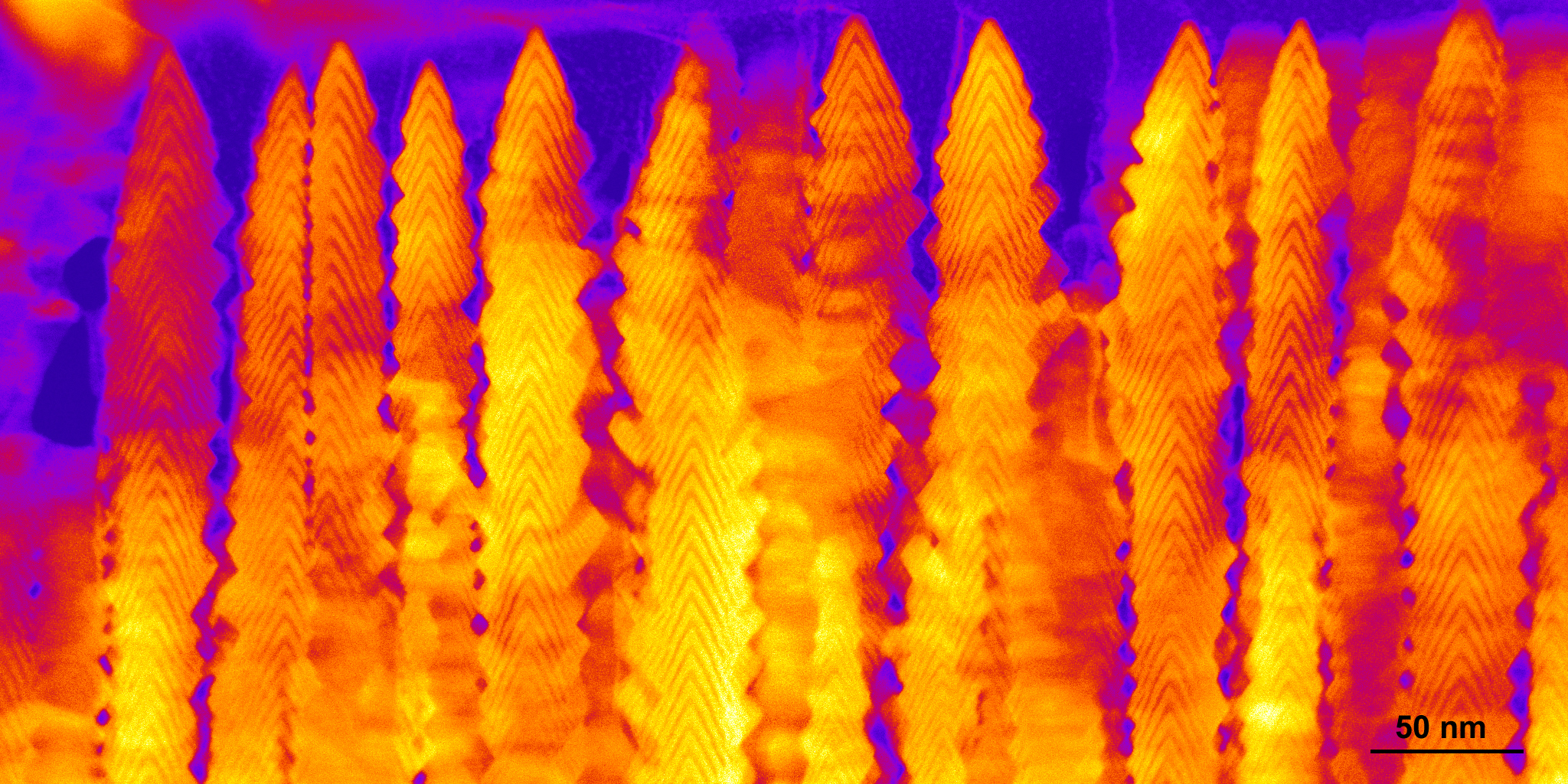
Crystalline ‘nanobrush’ clears way to advanced energy and information tech
A team led by Oak Ridge National Laboratory synthesized a “nanobrush” structure with high surface area and discovered how its unique architecture drives ions across interfaces to transport energy or information.
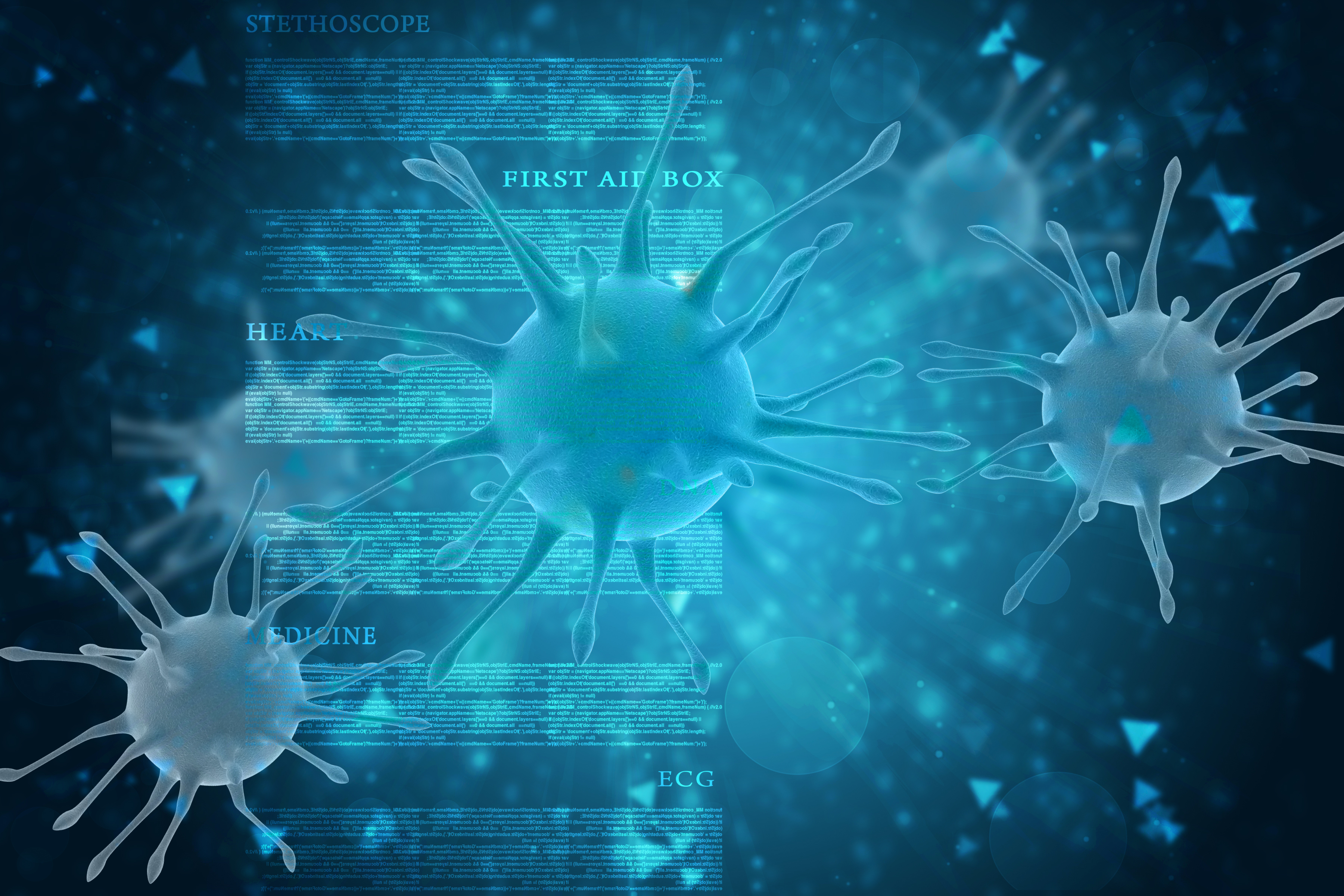
Next-gen nano technologies to tackle infection and diagnose disease
Next-gen nano technologies that can prevent infection and diagnose disease are set to transform the medical industry as this important UniSA research is awarded more than $2 million dollars under the National Health and Medical Research Council (NHMRC) 2021 Investigator Grants.
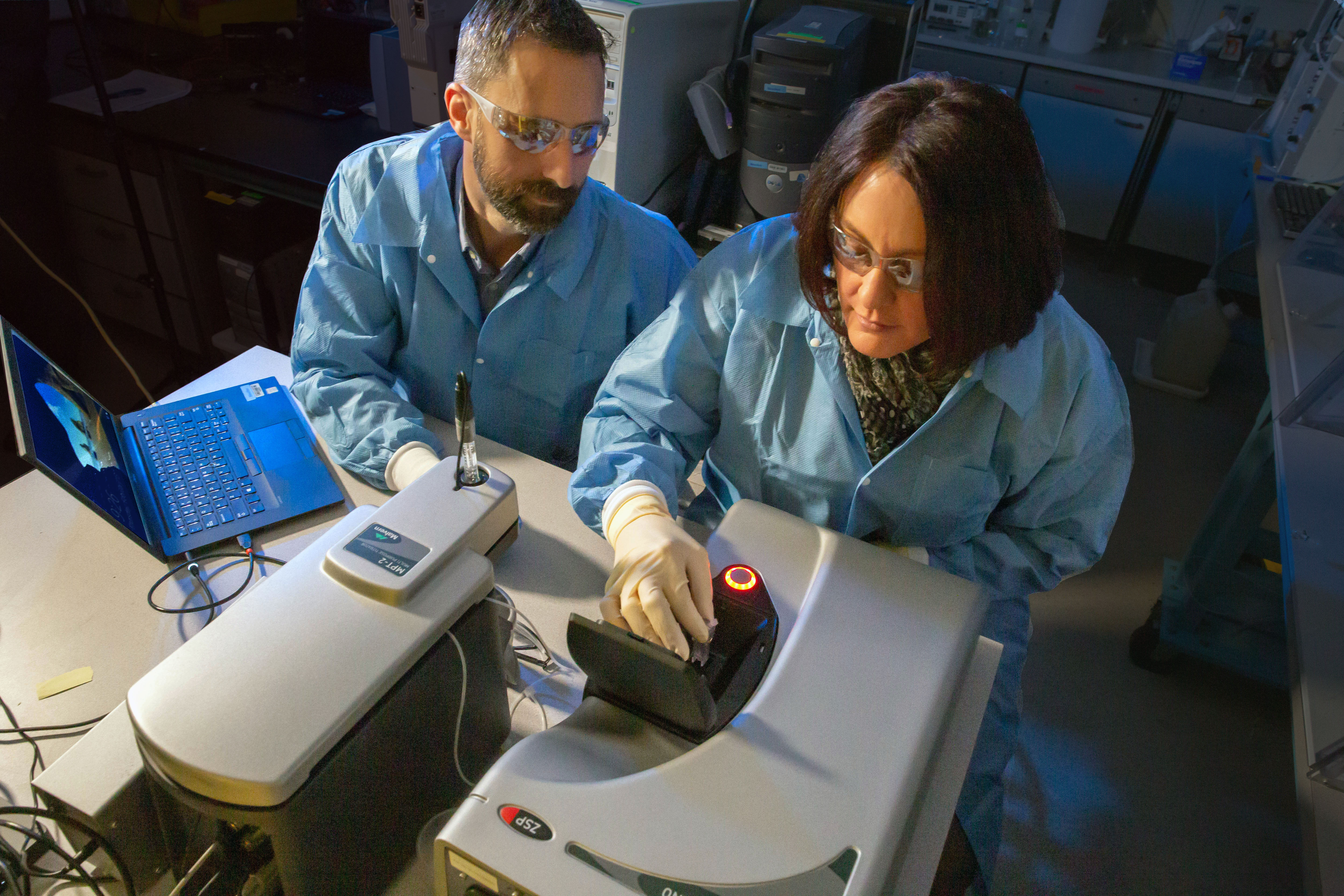
Lawrence Livermore scientists part of three-institution team working to develop vaccine for tularemia
Two LLNL biomedical scientists who have worked for more than eight years to develop a tularemia vaccine are part of a three-institution team that has been funded to bring their candidate vaccine to readiness for use
Raise your glass: new nanotech clears haze from white wine
Sauvignon Blanc, Semillon, or Chardonnay – when you reach for your favourite white, it’s the clean, clear sparkle that first catches your eye. Or does it? When white wines look cloudy it’s a sign of protein instability, and a sure-fire way to turn customers away. Now, new research is ensuring white wines will always look their best as novel magnetic nanotechnology is proving to quickly and efficiently remove haze-forming proteins in white wine.
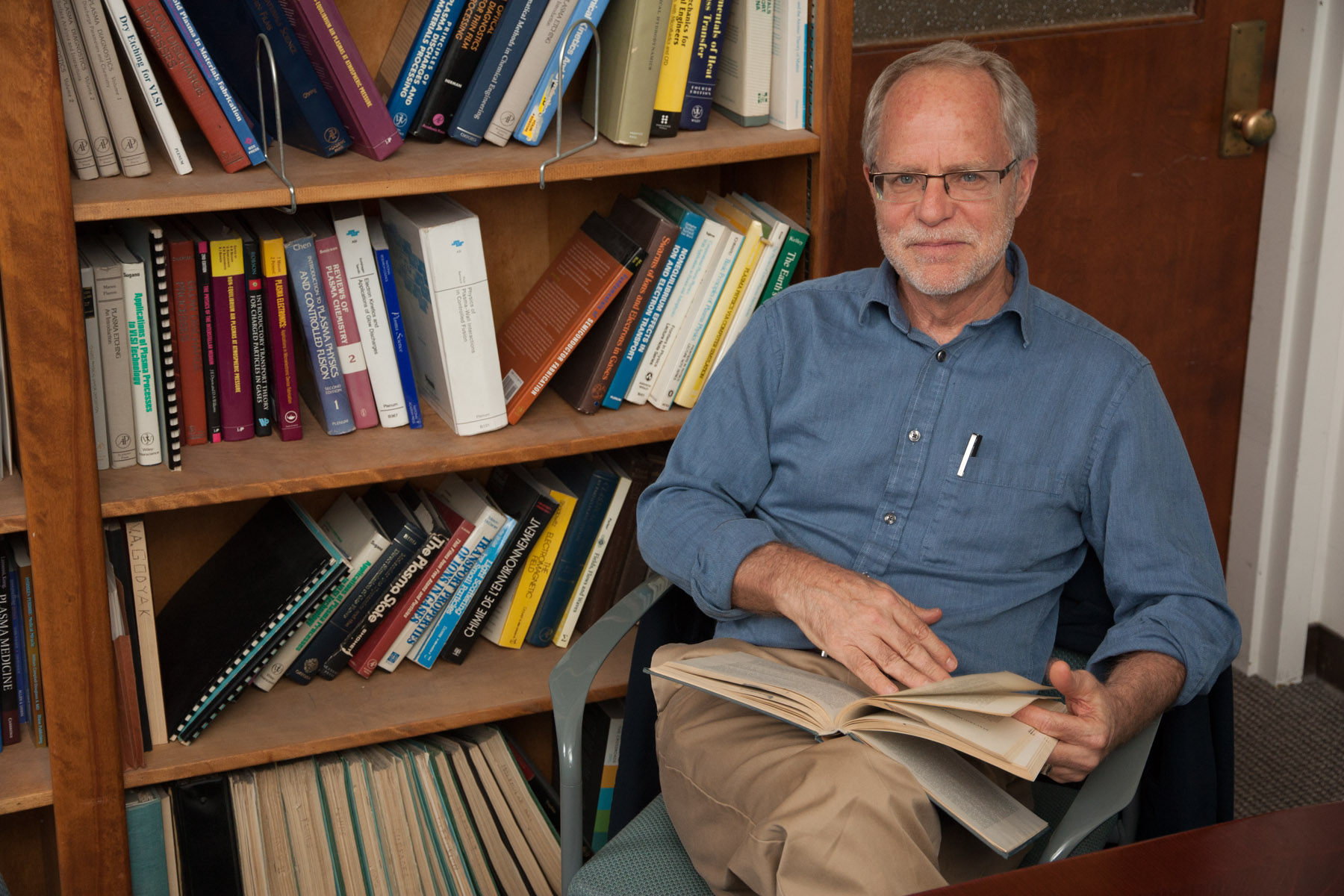
Renowned scientist to head new research for plasma applications in industry and quantum information science
The Princeton Plasma Physics Laboratory has appointed David Graves, an internationally known chemical engineer, to head a new research enterprise that will explore plasma applications in semiconductor manufacturing and the next generation of super-fast quantum computers.
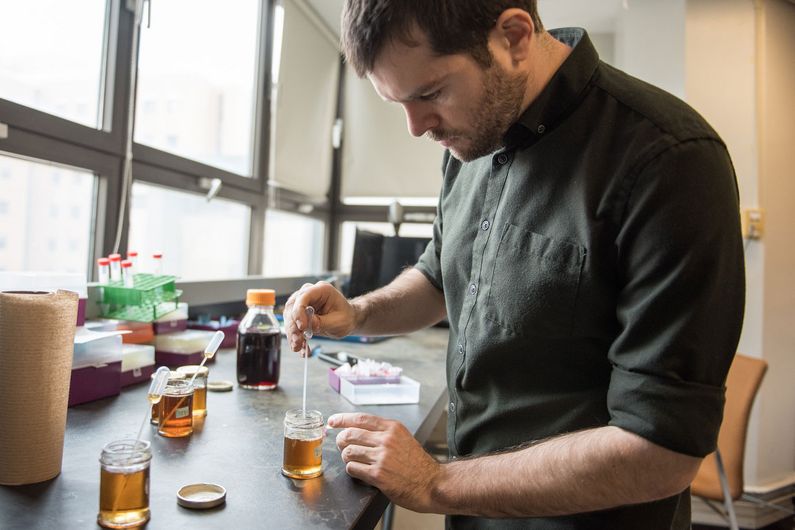
An artificial “tongue” of gold to taste maple syrup
A chemistry professor at Université de Montréal, in Canada, has developed a new test using gold nanoparticles to establish the flavour profile of maple syrup and help producers evaluate its quality.
NSF renews grant for nanotechnology workforce education development
The Penn State Nanotechnology Applications and Career Knowledge (NACK) Resource Center recently received a grant renewal from the National Science Foundation (NSF). This renewal will be used to support the development and sustenance of nanotechnology workforce education by further growing nano-education resources and partnerships.

Engineer uses metal-oxide nanomaterials deposited on cloth to wipe out microbes
Sonal Padalkar, an Iowa State mechanical engineer, is studying how metal-oxide nanomaterials can be deposited on cloth and paper for use as an antimicrobial agent.
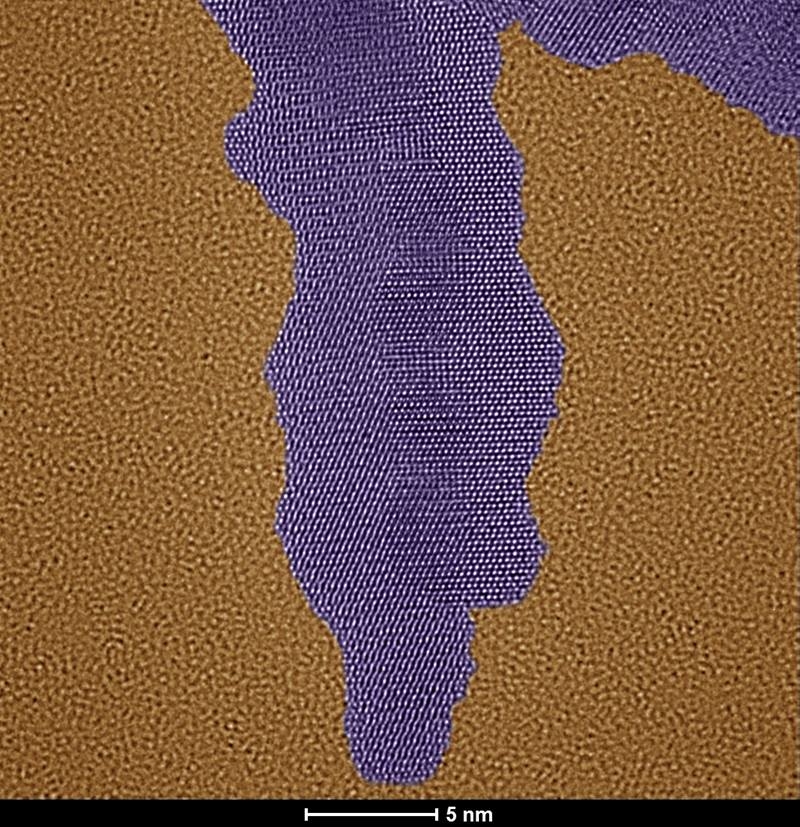
Improved Catalyst Branches Out and Out-Performs
Scientists can control their branch sizes and surfaces to make them more stable and more effective catalysts. By creating branched nanoparticles from the metal ruthenium, researchers developed a way to increase the speed of catalysis while maintaining the catalyst’s stability.

Laser Pulse Creates Frequency Doubling in Amorphous Dielectric Material
Researchers have demonstrated a new all-optical technique for creating robust second-order nonlinear effects in materials that don’t normally support them. Using a laser pulse fired at an array of gold triangles on a titanium dioxide (TiO2) slab, the researchers created excited electrons that briefly doubled the frequency of a beam from a second laser as it bounced off the amorphous TiO2 slab.
A new gene therapy strategy, courtesy of Mother Nature
Scientists have developed a new gene-therapy technique by transforming human cells into mass producers of tiny nano-sized particles full of genetic material that has the potential to reverse disease processes.
How to induce magnetism in graphene
Graphene, a two-dimensional structure made of carbon, is a material with excellent mechani-cal, electronic and optical properties. However, it did not seem suitable for magnetic applica-tions. Together with international partners, Empa researchers have now succeeded in synthesiz-ing a unique nanographene predicted in the 1970s, which conclusively demonstrates that car-bon in very specific forms has magnetic properties that could permit future spintronic applica-tions. The results have just been published in the renowned journal Nature Nanotechnology.
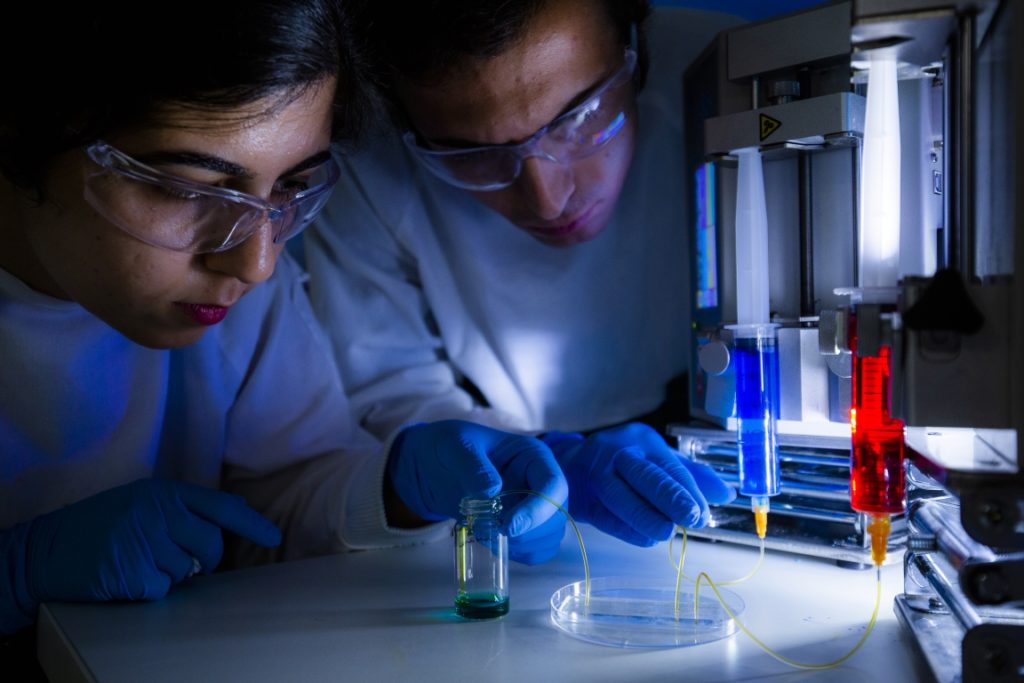
Nanotechnology could provide the breakthrough for pre-eclampsia which kills 500,000 babies each year
University of South Australia biomedical engineer Dr Marnie Winter has been awarded US$100,000 from the world’s largest private foundation to help better understand and tackle a condition which kills 76,000 women and 500,000 babies each year.
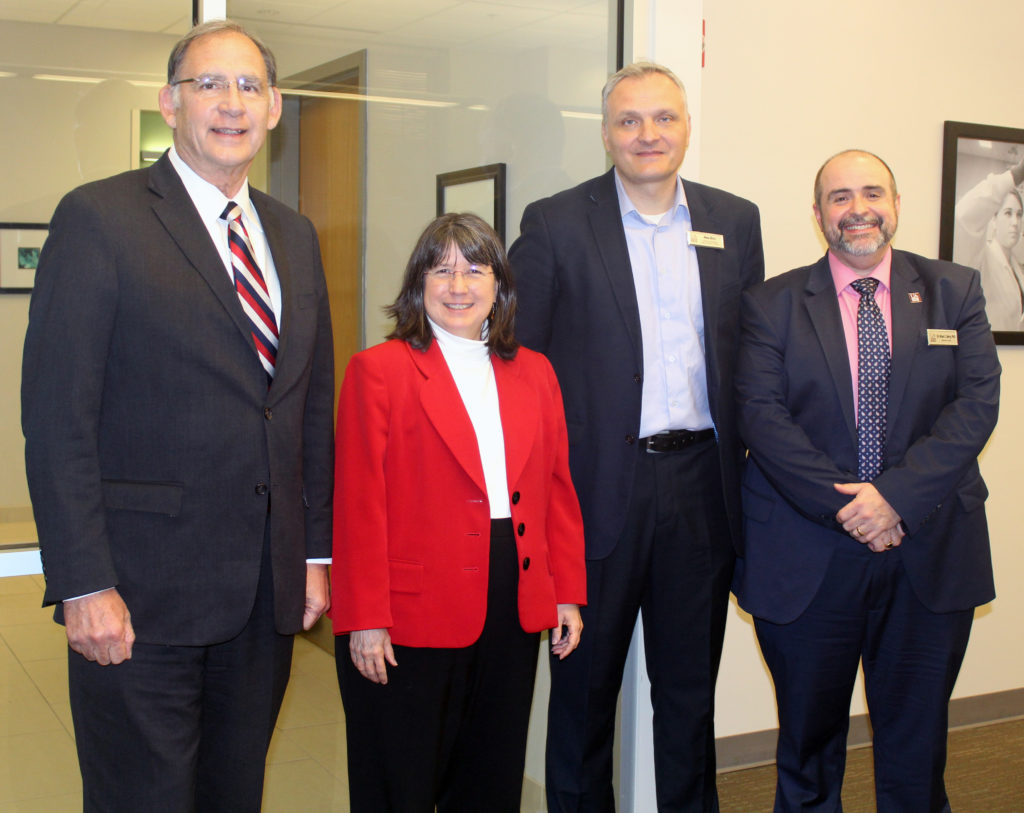
UA Little Rock announces $750,000 grant for groundbreaking bone regeneration technology
The University of Arkansas at Little Rock announced a $750,000 grant from the U.S. Department of Defense to support the development of potentially life-saving bone regeneration technology during a Nov. 15 visit from Sen. John Boozman. The visit celebrated on-campus research initiatives that the senator championed for federal support.
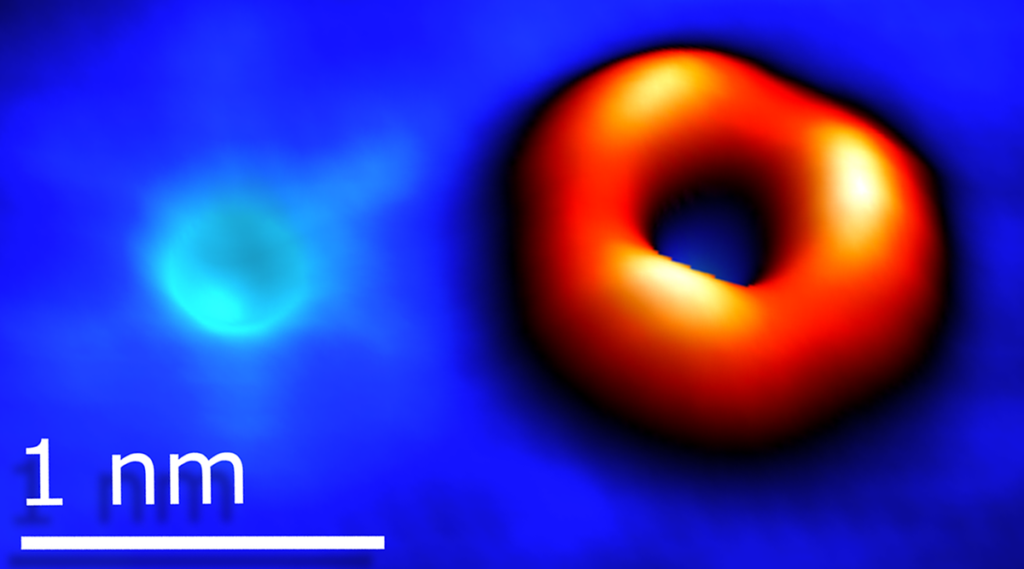
The Beauty of Imperfections: Linking Atomic Defects to 2D Materials’ Electronic Properties
Scientists at Berkeley Lab have revealed how atomic defects emerge in transition metal dichalcogenides, and how those defects shape the 2D material’s electronic properties. Their findings could provide a versatile yet targeted platform for designing 2D materials for quantum information science.
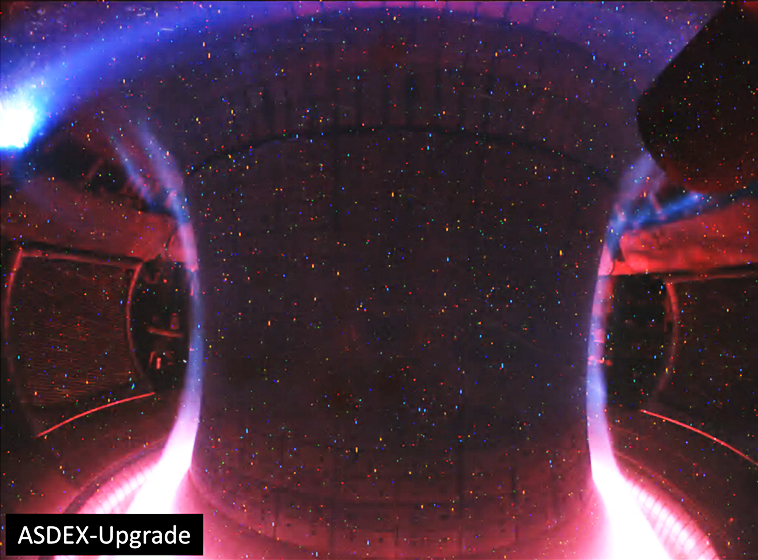
PPPL findings: From new fusion developments to surprises in astrophysics at global plasma physics gathering
Feature wraps-up wide-ranging PPPL talks on fusion and plasma science at the 61st American Physical Society-Department of Plasma Physics conference.
Interdisciplinary cyberengineering team wins $6M grant to develop computing solutions to combat cyberattacks
Funded by the Air Force Research Lab, the team of scientists from Northern Arizona University aims to increase computing diversity among hardware and software, making them nearly impossible to hack.
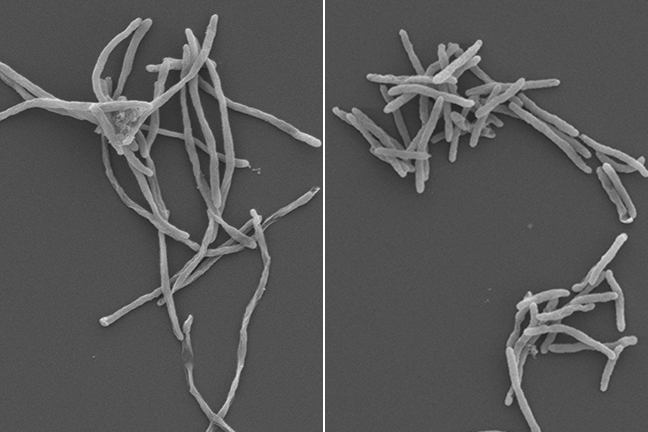
Research Brief: Nanoparticles may have bigger impact on the environment than previously thought
In a first-of-its-kind study, researchers have shown that nanoparticles may have a bigger impact on the environment than previously thought. This is the first report of non-antibacterial nanoparticles causing resistance in bacteria.
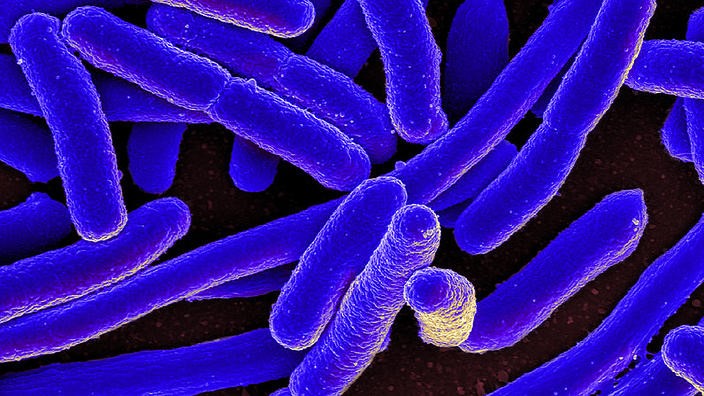
UniSA nano scientists stop superbugs in their tracks
A team of researchers led by the University of South Australia has discovered a way to find and beat superbugs, providing a critical breakthrough against many deadly infectious diseases.
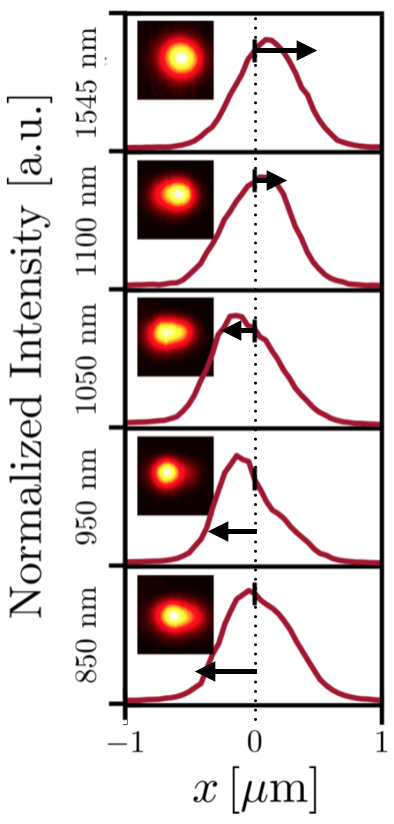
Scientists can now control thermal profiles at the nanoscale
Scientists have tested an experimental system that uses a near-infrared laser to actively heat two gold nanorod antennae to different temperatures. The nanorods are electromagnetically and thermally coupled, yet the team measured reversible temperature differences of up to 20 degrees Celsius.
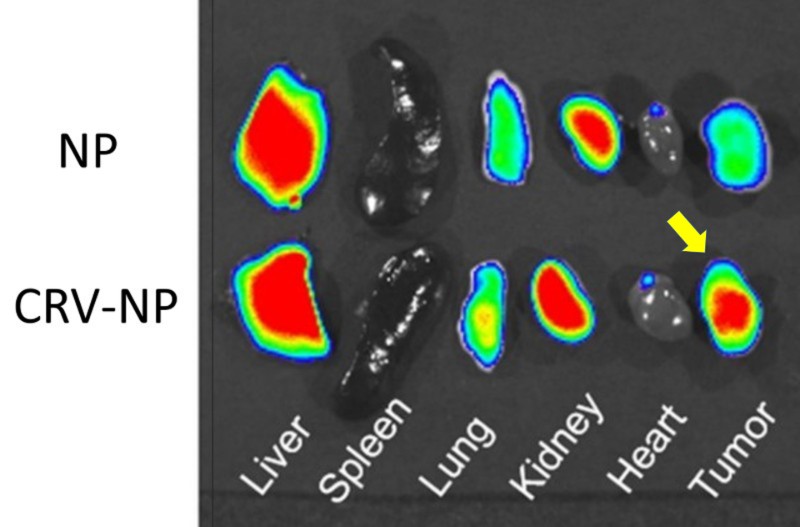
Tumor macrophage marker offers unique target for treatment
Macrophages are white blood cells that accumulate in tumors, and aid cancer progression. Now scientists have identified a surface protein found only on the macrophages residing in tumors, exposing a target for precise tumor treatments.